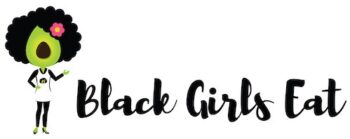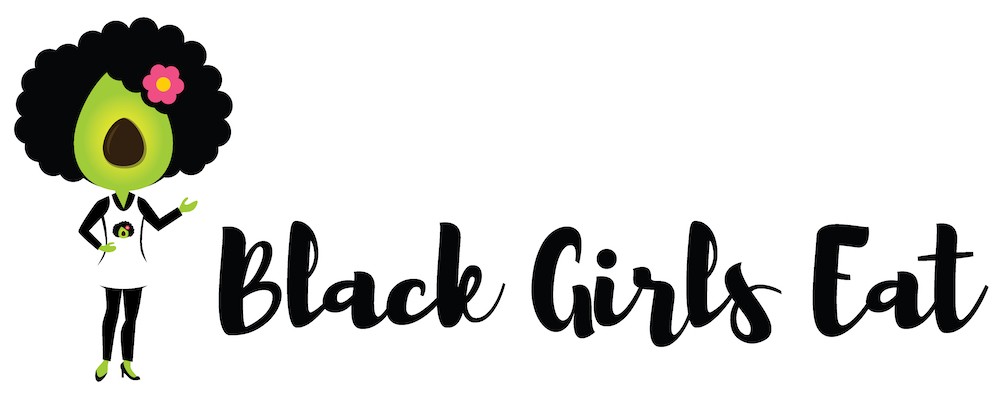Glycemic Index. Social media has been flooded with posts about spikes in blood sugar. This used to be a conversation for just diabetics. Now it seems that everyone is concerned about it. That’s why understanding the glycemic index is important. If you are getting anxious about it, you are in the right place. Today, let’s take a look at what the glycemic index (GI) is and how it can help you make healthier food choices.
What is the Glycemic Index?
Please do not attribute “good” and “bad” characteristics to food. We need food to nourish our bodies. Exploring plant-based nutrition will introduce you to new concepts and ideas. The glycemic index is one of those. This is not a perfect science. A food that might be high on the GI list could actually offer you lots of nutrients and vitamins. I am not a fan of restrictions unless you absolutely have been told by your physician that you should avoid certain foods.
Okay so now that we are clear, let’s unpack the glycemic index. The GI ranks foods and beverages on a scale of 0 to 100. Your body breaks carbohydrates down into glucose. Glucose means sugar. This index basically says the higher the GI number, the greater affect it will have on your blood sugar levels.
About Blood Sugar Spikes
You may find it useful to know which foods are high or low on the glycemic index. High GI foods often cause a quick spike in blood sugar. Low GI foods offer a more gradual rise in blood sugar levels.
Blood sugar spikes are usually managed by our body which does a great job of lowering blood sugar. Too much sugar can lead to Type 2 diabetes and/or cardiovascular disease. Management of those chronic diseases requires medication and lifestyle changes.
Diabetics often find the glycemic index helpful. It can be a useful tool for anyone managing blood sugar levels. The awareness could be a game changer for anyone looking to make sure that they are not consuming too much sugar.
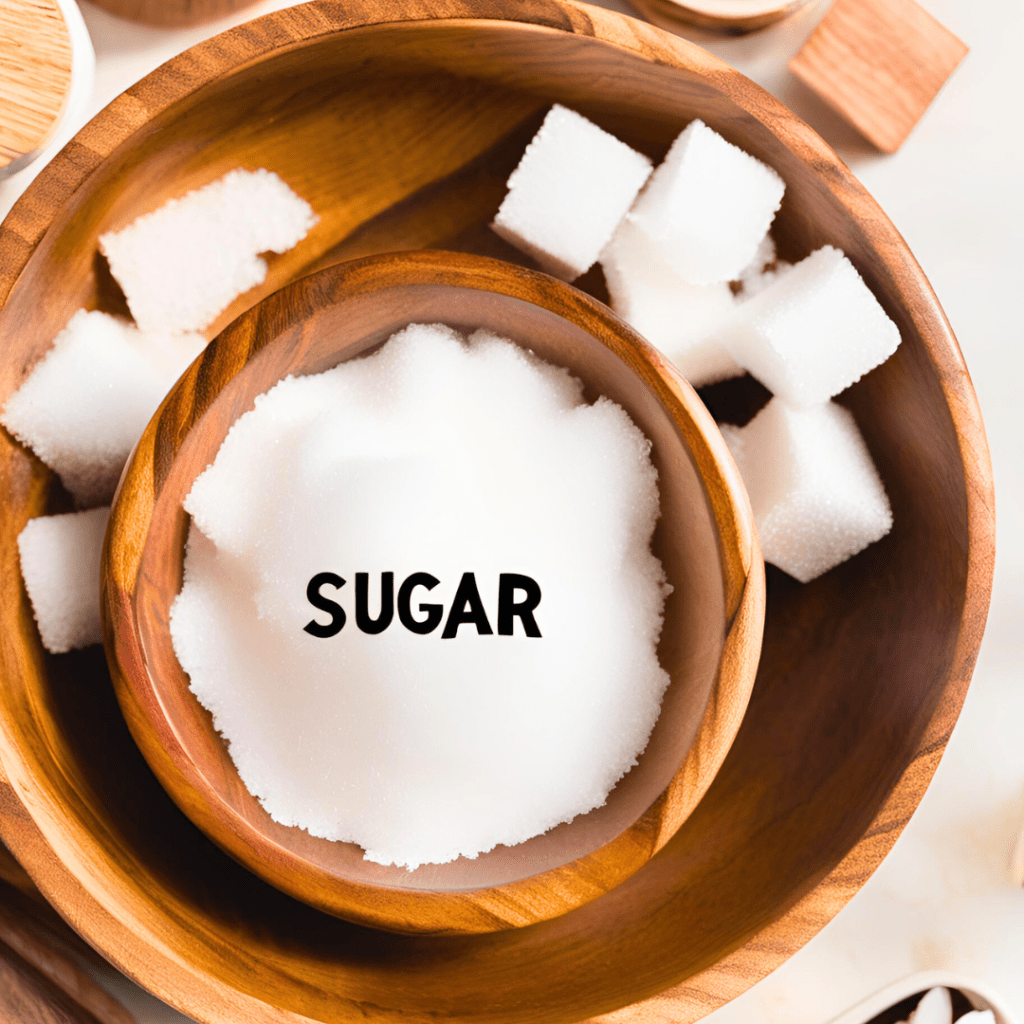
Diabetics often find the glycemic index useful. It can be useful for anyone interested in managing blood sugar levels. The awareness could be a game changer for anyone looking to make sure that they are not consuming too much sugar.
The Fast Carbs
Fast carbs sound like what they are. They are the foods that give you a quick burst of energy. Ever have that crashing feeling after a nice stack of pancakes? Check out this list of everyday foods that are high on the glycemic index:
- Refined Flour Foods: White Bread, Bagels, Saltine Crackers, Pretzels, English Muffins, Pizza Dough
- White Rice: Yes, it is high on the glycemic index. Unlike brown rice, white rice has had the outer layer (bran) and the inner core (germ) removed. Which means it has less fiber and nutrients than brown rice. But that does not mean it doesn’t have any value. White rice can also be a good low calorie, low fat, low fiber choice for people who need it. Pair it with veggies, beans or lentils to pump up the nutritional value.
- Sugary Cereals: Some of the most popular breakfast cereals are loaded with sugar. Read the labels. Ever send kids to school after a bowl of breakfast cereal? Whew!
- Pastries and Cakes: Of course, the combination of sugar and refined flour put these items high on glycemic index list.
- Potatoes: Mashed, whipped or fried. Potatoes have a great amount of starch which gives them a high glycemic index number.
- Corn: Yes, even as a corn flake or popcorn. This veggie is high in starch so it has a high GI number.
- Soda: Do we need to say more? Periodt!
- Fruit Juices: Enjoy with moderation. Eat the oranges, pineapples and apples before filling a glass and get the benefit of fiber and nutrients.

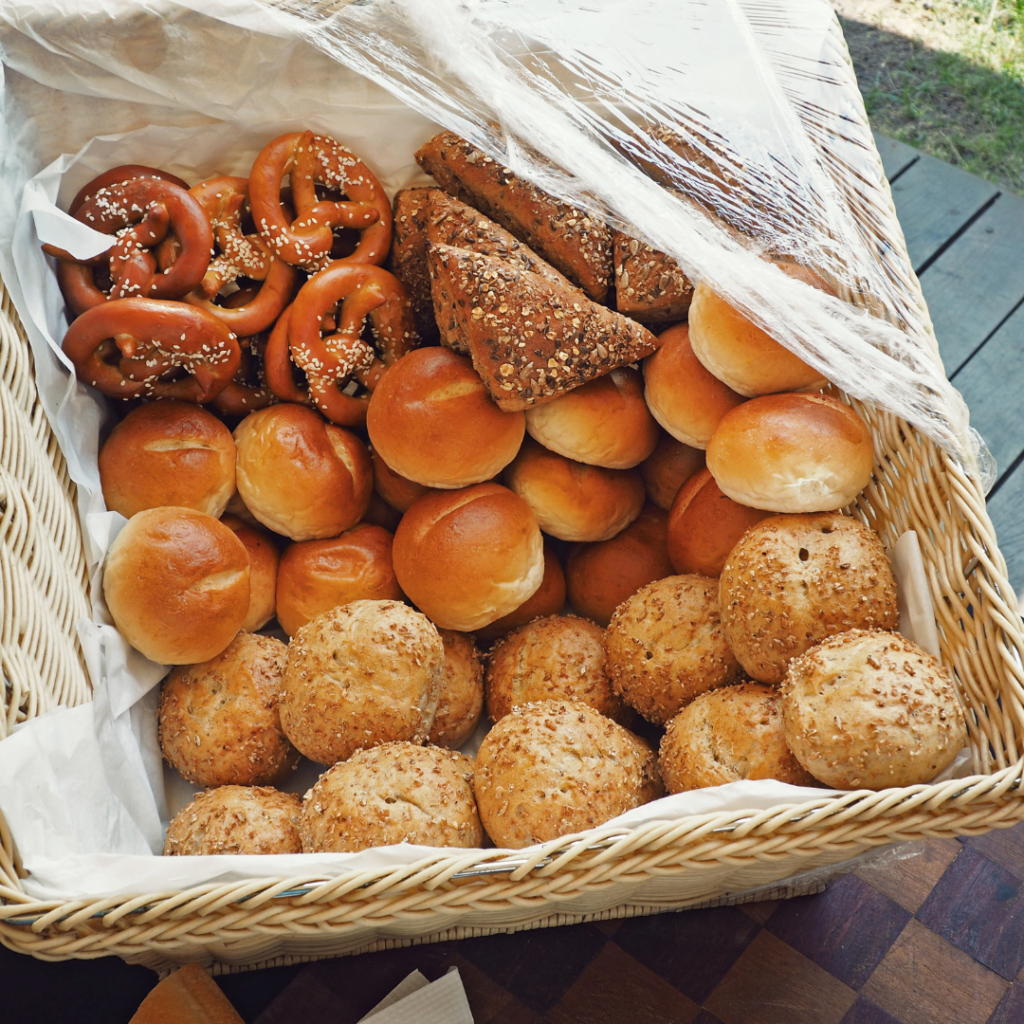
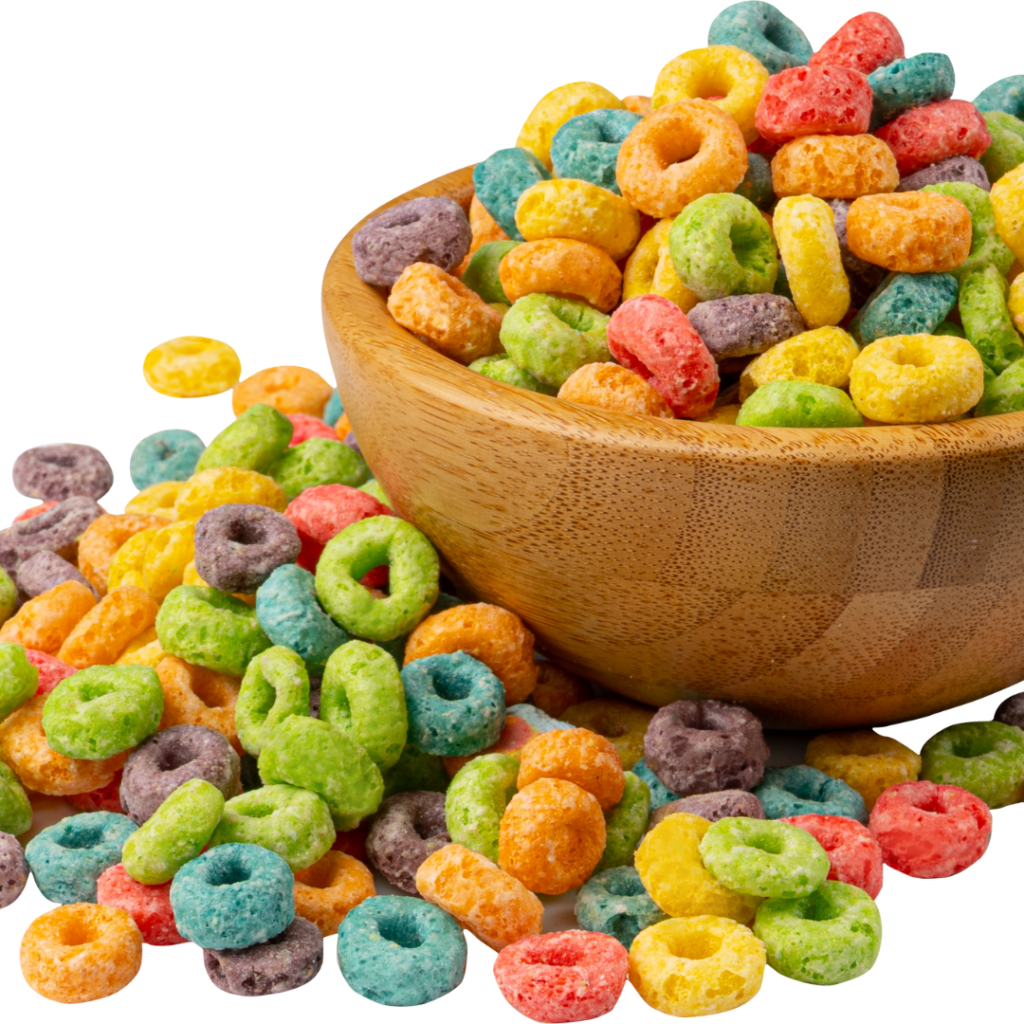
What Foods Are Not On The Glycemic Index?
Scroll through Instagram and Tik-Tok and you might be bombarded with some scary predictions about blood sugar levels. It’s important to remember that not everything has a glycemic index number. Avoid being “influenced” by an influencer that is sharing misleading information. You should not see glycemic index numbers for any of the following because they do not contain carbohydrates:
- Meat
- Poultry
- Fish
- Cheese
- Oil
- Plain Tea or Coffee
Helpful Tips for Managing Blood Sugar
As a reminder, foods low in GI don’t raise blood sugar levels as fast or as much as foods high on the list. GI values are low (55 or less), medium (55 to 69) and high (70-100). To learn more about glycemic values, please check out this wonderful resource courtesy of the Cleveland Heart Lab.
Let’s take a look at a few more practical ways to add more low GI foods to your day.
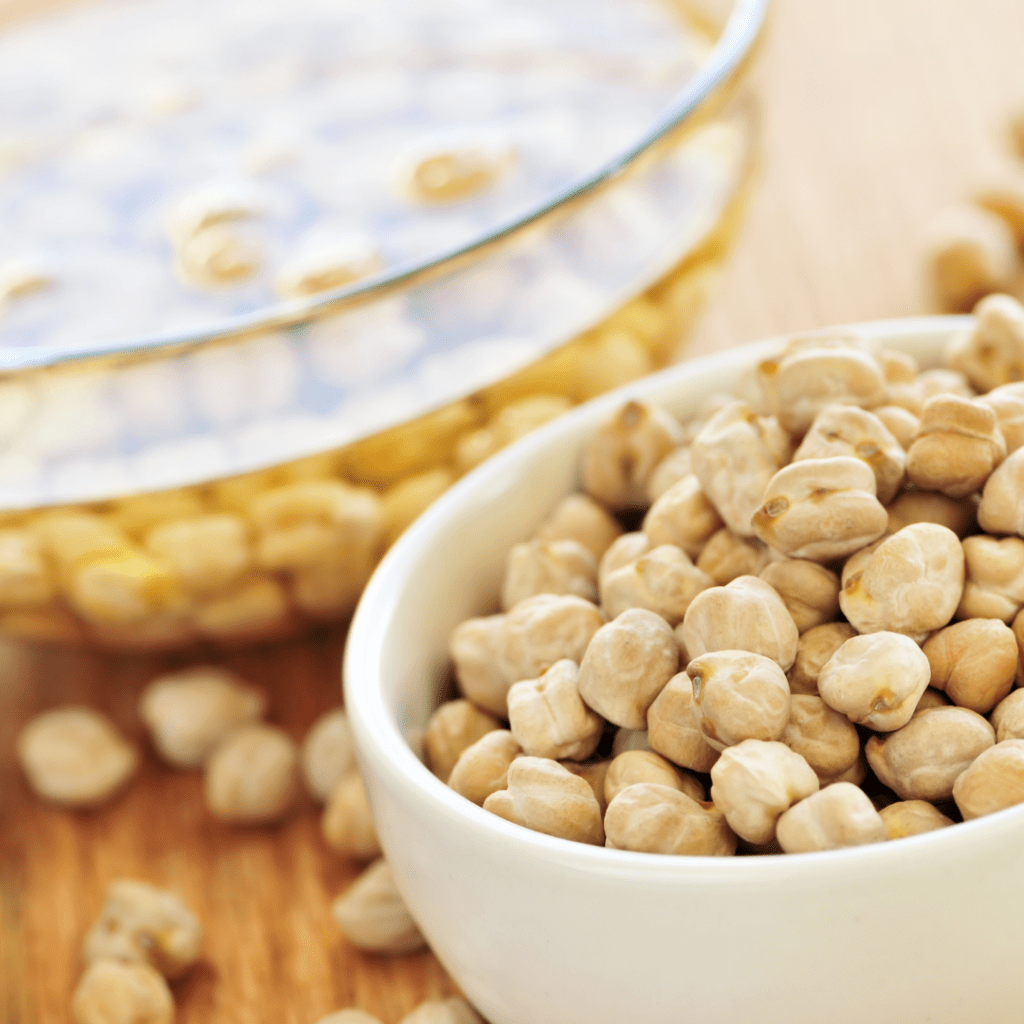
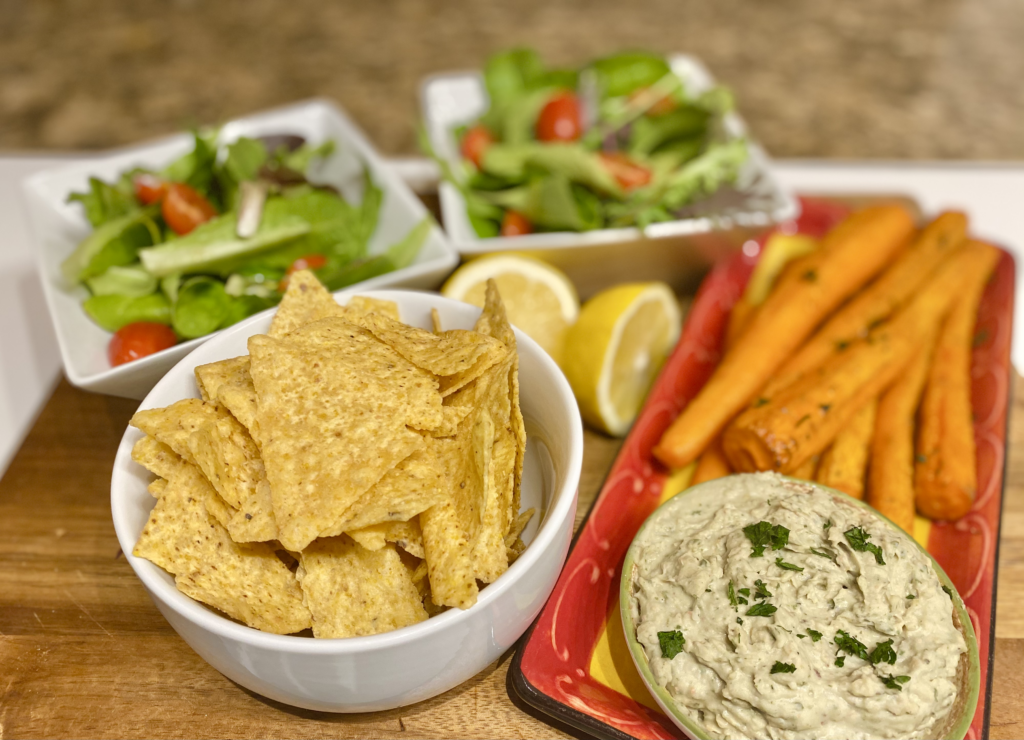
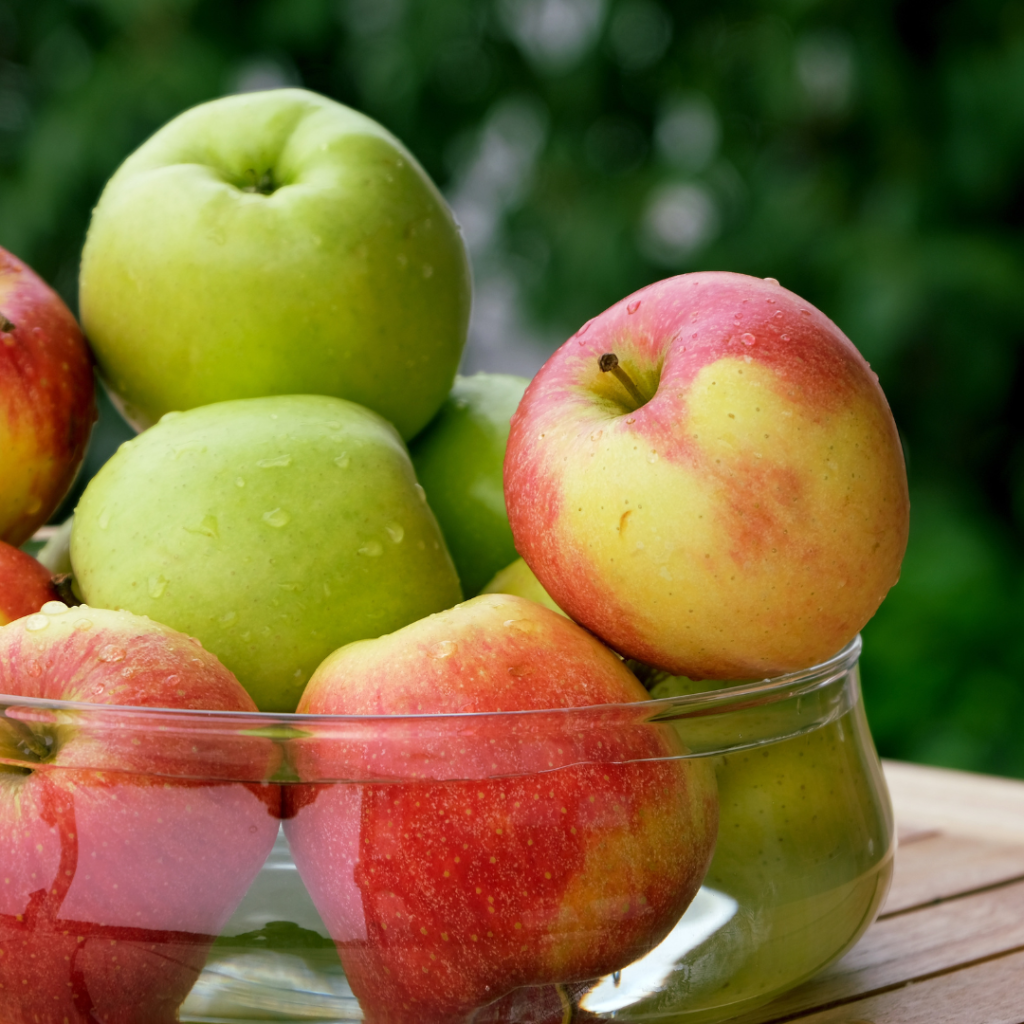
Choose Low Glycemic Index Foods
- Swap white bread for one with whole grains. Try grains with more fiber and nutrients like quinoa, faro, fonio and barley.
- Choose the fruit vs. the juice. Whole fruits have more fiber and fiber helps slow down digestion and helps us feel satiated. The glycemic index number for an apple is 36. Apple juice is listed at 41.
- Get Some Legumes. Beans, lentils, and chickpeas are packed with fiber and are low on the GI list.
- Try some veggies that are not so starchy lie peppers, broccoli and spinach. That’s a good way to get more nutrient dense foods on your plate.
- Go for those orange sweet potatoes and take advantage of a lower GI number and tons of betacarotene.
Don’t let social media drive you crazy about the glycemic index and blood sugar spikes. Explore the amazing world of plant-based foods. This blog post is informational. Consult with your physician before making any changes to your meal plans.

LA Dunn is a plant-based advocate and currently studying to become a nutritionist. Want to stay connected?
- Follow on Instagram @blackgirlseat
- Subscribe to the newsletter, Recipes & Random-Ish
- Shop with LA at the Black Girls Eat Shop on Amazon
- Take the easy five day email class, Introduction to Plant-Based Nutrition
- Sign up below for updates and announcements
